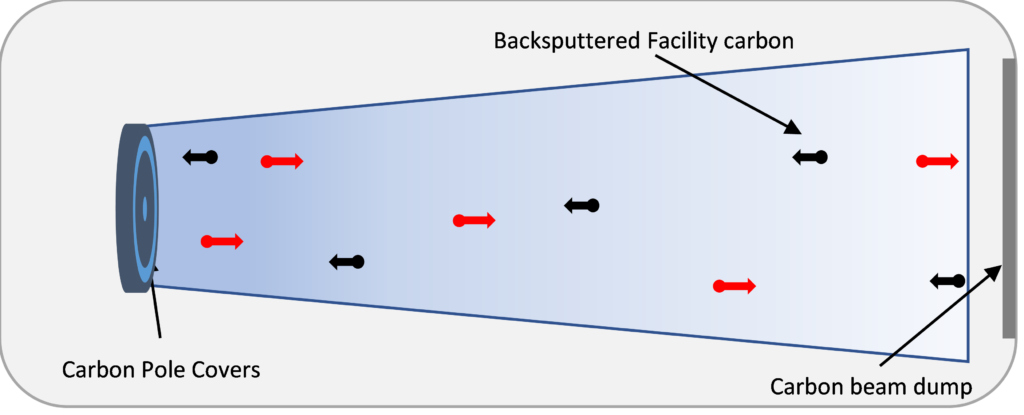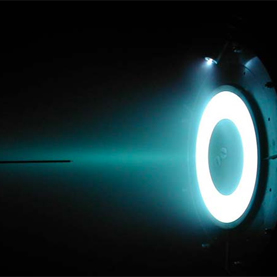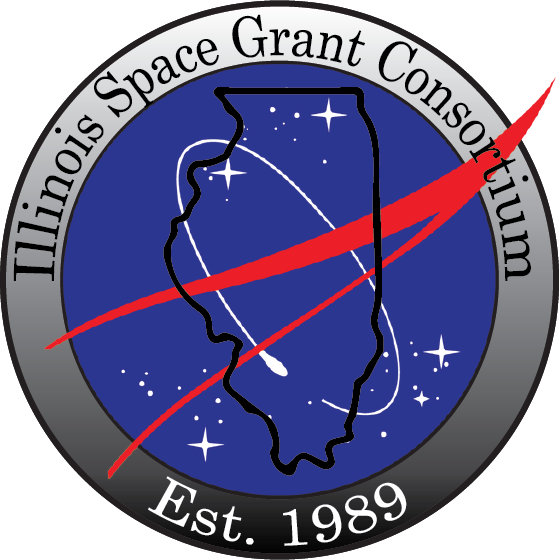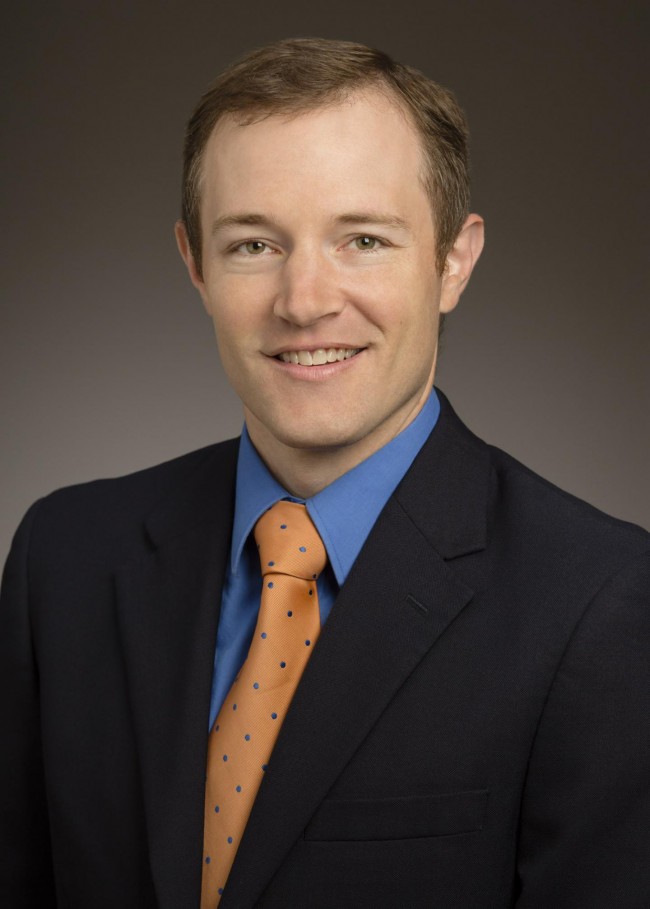Chicago State University &
City Colleges of Chicago Students Only
Application Opens: November 1, 2023
Application Closes: February 1, 2024
Advisors: Dr. Joshua Rovey
Grad student Mentors: Sean Clark and Reed Thompson
Program Description: Students will spend 10 weeks on the University of Illinois Urbana-Champaign campus conducting advanced space propulsion research. Room and board are provided and included. Students will also interact with other summer research students through the local Research Experiences for Undergraduates (REU) programs and the Illinois Space Grant Consortium Undergraduate Research Opportunities Program (UROP).
Project Description: Work with NASA and the University of Illinois on advanced space propulsion Hall-effect plasma thrusters inside a space simulation vacuum chamber. Help NASA develop new advanced rocket engines for deep space exploration missions to Moon, Mars, and beyond.
The space environment cannot be perfectly replicated for testing of electric propulsion systems in ground-based facilities. The increase in background pressure, confinement in electrically conducting vacuum chambers, and contamination that is sputter-eroded from the chamber walls leads to uncertainties in the performance and lifetimes of thrusters operating in space. Contamination effects are a significant concern as thrusters move towards higher powers and throughputs. Increased sputter rates of carbon facility walls lead to higher rates of carbon deposition on carbonic thruster components (e.g. hall thruster pole covers, ion thruster optics, and cathode keepers) leaving their erosion profiles and lifetimes ambiguous. is a stable carbon isotope with a natural abundance of 1.1%, making it an effective tracking element in a sea of
particles. To track the transport and deposition rates of facility carbon,
materials are introduced into the facility environment and their sputtered material is collected onto substrates. The current technique does not provide temporal resolution to carbon transport. Residual gas analyzers (RGA) are mass spectrometers designed for environmental analysis and used to detect traces of impurities in vacuum environments. Sputtered carbon is ejected primarily as dimers or trimers and a translating RGA can pick up and differentiate between backsputtered
(12, 24, 36 amu) and
(13, 26, 39 amu) offering real-time tracking of carbon transport.

Student Activities
In this project, students will design and build a translating arm to integrate a RGA into the facility environment. The students will use their design during thruster operation to offer temporal resolution on the flux of isotopically labeled carbon. By measuring the flux of labeled species at different locations within the vacuum chamber, a map of labeled carbon transport can be created, which students will use to estimate deposition rates of labeled material to thruster surfaces.
Student Background
We are looking for a student who is interested in electric propulsion, diagnostics for plasmas, and/or building systems for measurement and data acquisition. Some background in electrical engineering or material science is preferred. Experience with Matlab or python and Labview is helpful. We anticipate hiring 1-2 students for summer 2023.

Details
- Summer 2024 – Specific Dates are TBD with Dr. Rovey
- 10 weeks at the University of Illinois at Urbana-Champaign (room and board are included with this position)
- $5000 stipend
Eligibility
- Attend Chicago State University or City Colleges of Chicago
- Complete application
- Cover Letter
- Resume
- Current Transcript

